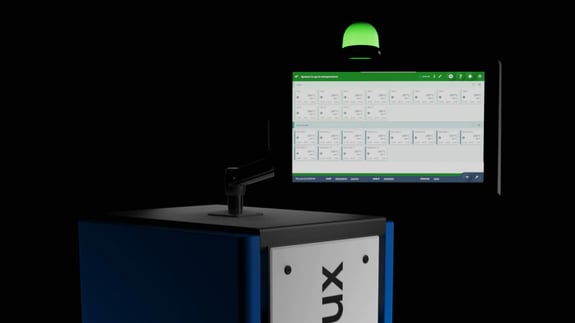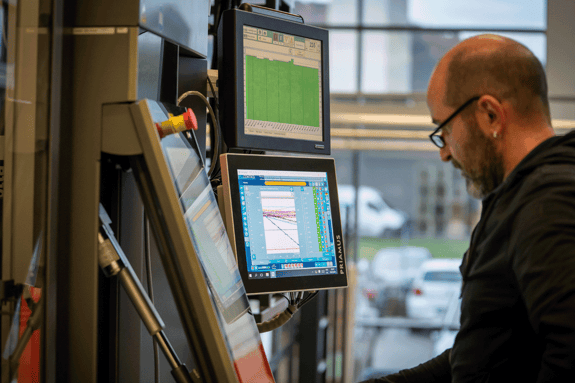
BUILD A POWERFUL HUBSPOT WEBSITE
PROMOTE PRODUCTS AND SERVICES. HERO - TITLE
Description. Lorem ipsum dolor sit amet, consetetur sadipscing elitr, sed diam nonumy eirmod tempor invidunt ut labore et

The People
To Enhance Part Quality
Since 1966, we have pursued one goal: to develop and produce
the most technologically advanced, highest-quality
temperature control systems for the plastics industry.
Hot Runner Temperature Control Systems
Gammaflux is more than just a supplier to our customers - we consider customers to be partners in the ongoing search for the best, most productive, and most cost-effective temperature control solutions possible.
Process Control Needs Temperature Control
Precise temperature management is critical to manufacturing high-quality parts with little scrap while achieving profitability. The high-precision, easy-to-use Gammaflux control technology supports sophisticated temperature control of your hot runner system.
-
The New: CALAGO
CALAGOTM from Gammaflux has been developed to deliver best-in-class production part quality while reducing scrap rates and improving part weight consistency.
-
The Classic: G 24
It knows the rigors of everyday production: the G 24 has been tested for years and is the favorite of many machine operators worldwide.
Up to 192 zones in one enclosure, with a daisy chain cable and up to 384 zones in two enclosures. -
The Small: LEC
Equipped with the same high-quality technology as the G 24 is the LEC especially designed for smaller hot runner system applications and is offered with 2, 6 and 12 zone enclosures.
-
The Sequential: G 24 SVGC
Large, complex or difficult-to-fill parts need sequential valve gate control to achieve the required part quality. With the G 24 SVGC, the machine operator can open and close each valve gate nozzle individually to precisely control material flow and can can control the temperature at the same time.
The G 24 SVGC supports pneumatically and hydraulically driven hot runner valve gate systems. -
The Combined: Electrical Pin Actuation & Temperature Control
Combined G 24 temperature controller with servo control unit for five high precision electric driven axis in the injection mold.
-
The Compact: Hydraulic Pin Drive & Temperature Control
The extremely compact Hydraulic Power Unit is available as a stand-alone device or as an integrated solution with temperature controller for sequential injection molding.
-
The Classic: G 24
It knows the rigors of everyday production: the G 24 has been tested for years and is the favorite of many machine operators worldwide.
Up to 192 zones in one enclosure, with a daisy chain cable and up to 384 zones in two enclosures. -
The Small: LEC
Equipped with the same high-quality technology as the G 24 is the LEC especially designed for smaller hot runner system applications and is offered with 2, 6 and 12 zone enclosures.
-
The Sequential: G 24 SVGC
Large, complex or difficult-to-fill parts need sequential valve gate control to achieve the required part quality. With the G 24 SVGC, the machine operator can open and close each valve gate nozzle individually to precisely control material flow and can can control the temperature at the same time.
The G 24 SVGC supports pneumatically and hydraulically driven hot runner valve gate systems. -
The Combined: Electrical Pin Actuation & Temperature Control
Combined G 24 temperature controller with servo control unit for five high precision electric driven axis in the injection mold.
-
The Compact: Hydraulic Pin Drive & Temperature Control
The extremely compact Hydraulic Power Unit is available as a stand-alone device or as an integrated solution with temperature controller for sequential injection molding.
The Gammaflux Difference
Partnership
When selecting Gammaflux, you are selecting a partner who is
critical to your individual product and profitability.
Expertise
Gammaflux has half of a century of providing the industry with leading control systems technology.
Support
Unmatched, hands-on support no matter where in the world you are located. Experience why our service is our strength.
Quality
Controls you can count on. People you can trust. We stand behind our products and the people who service them with our guaranteed warranties.










